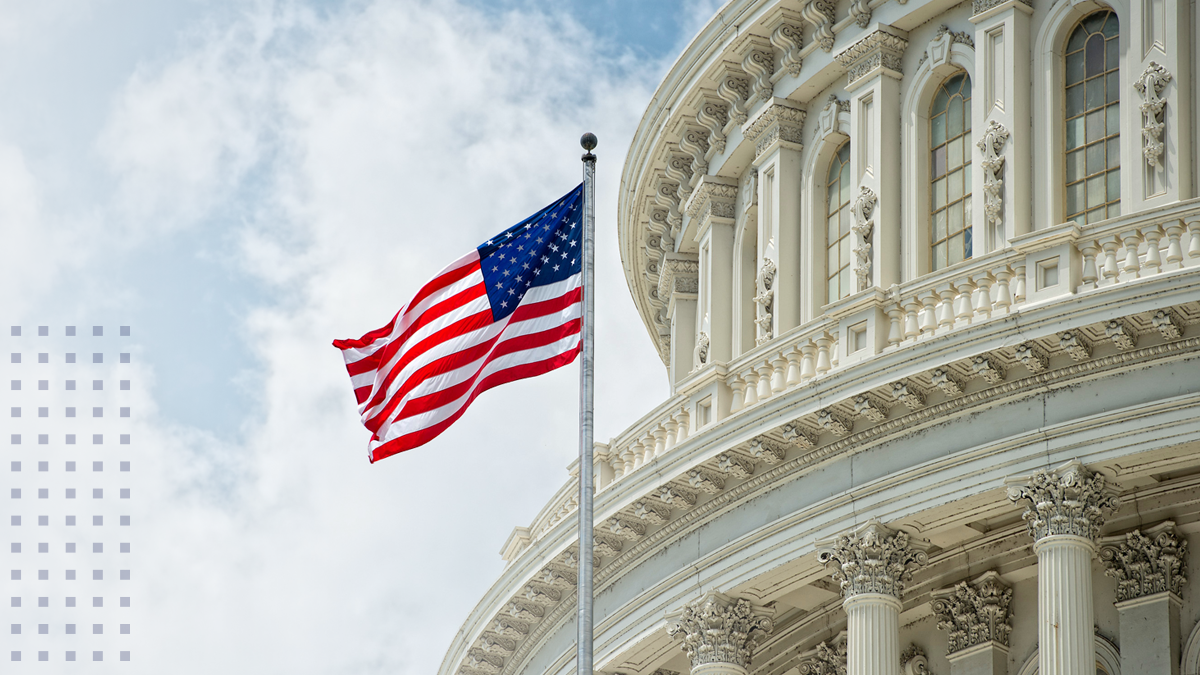How Broadband Funding Helps You Vitalize Local Economies and Leave Your Legacy

Between now and 2028, state and federal funding programs will award $120 billion for new broadband infrastructure projects. This once-in-a-generation funding opportunity enables municipalities, tribal communities and rural broadband service providers (BSPs) to bring transformational connectivity to unserved, underserved, and underrepresented regions.
Connect Communities, Vitalize Local Economies
The demand for digital equity has never been greater. When the COVID-19 pandemic hit, it soared to a crisis of epic proportions. The broadband gap became impossible to ignore. In our post-pandemic world, reliable and affordable broadband access is critical to remote work, learning, telehealth, entertainment, and so much more.
Equitable access to affordable and reliable high-speed internet can eliminate some of the socioeconomic disparities that threaten the long-term viability of our communities. Broadband connectivity is proven to attract new businesses, create additional high-paying jobs, and increase home values. Funding new broadband services will boost local economies, improve quality of life, and ensure that everyone is positioned to succeed in the digital age.
The time is now. Unprecedented levels of funding make it possible for BSPs to connect more communities to more broadband services than ever before. Here are some of the major funding programs available:
Broadband Equity, Access, and Deployment (BEAD): Administered by the National Telecommunications and Information Administration (NTIA), BEAD is a $42.45 billion program aimed at getting all Americans online by funding broadband network infrastructure builds and user enablement.
American Rescue Plan Act (ARPA): As part of ARPA, the U.S. Department of the Treasury has implemented the Capital Project Fund (CPF) that enables recipients to build and deploy broadband infrastructure. It also implemented a State and Local Fiscal Recovery Fund (SLFRF) to expand access to broadband internet. Many states have used their allocated ARPA dollars to date, though some still have funds available.
ReConnect Loan and Grant Program: Under the Farm Bill, the U.S. Department of Agriculture (USDA) manages ReConnect, which provides loans, grants, and loan-grant combinations to recipients to invest in rural broadband infrastructure that will deliver high-speed internet service to underserved communities.
Tribal Broadband Connectivity Program (TBCP): This program aims to improve the quality of life
in Native American communities by expanding broadband access and providing digital training and inclusion programs. Program awards started in late 2021 with a second round underway this year.
In addition to federal grants, other funding options include state funding, municipal bonds and private funding—all of which can be leveraged to fund broadband infrastructure projects. With so many options, we know it can be challenging to understand the landscape, determine if you qualify, work through the application process, and then manage your award. Calix is here to help you manage the complexity and help you forge a legacy that will last for generations to come.
Navigate various funding programs with confidence by scheduling a funding consult with our team—or learn more by downloading our eBook, “The Ultimate Guide to Broadband Fundingopens in a new tab.”
Related articles




